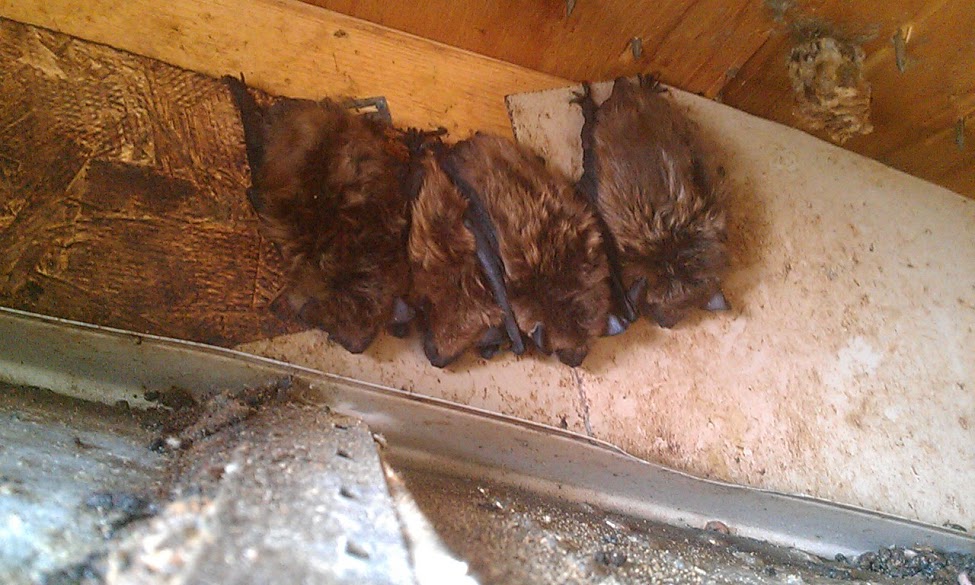Due to their ability to fly and their nocturnal habits, bats can colonize your attic without you realizing it. You may become aware of their presence only when you notice strange droppings around your home. Bat urine and excrement are known collectively as guano, and observing it on your property is a sign that you need to call our Skedaddle Ajax wildlife control team right away.
What Makes Bat Guano Dangerous?
Bat guano is not all bad. Since it is rich in nutrients, it can serve as a fertilizer to help plants grow strong and healthy. Nevertheless, it is not recommended to handle bat guano for use in your yard or garden. It can provide a breeding ground for pathogenic microorganisms. Of particular concern are spores of a fungus that causes a potentially deadly lung disease called histoplasmosis. These spores may be released when the guano is disturbed.
If bats have gotten into your home, pathogens may get into your air ducts and circulate through the HVAC system. Guano can also cause staining and damage of insulation, soffits, siding, and ceilings as it builds up over time, producing a bitter, unpleasant odor often detectable from both inside and outside the building.
How Can You Identify Bat Guano?
Bat guano can occur alongside the excrement of other animals. It may be similar in appearance, but there are telltale differences. Unlike bird droppings, bat droppings do not contain any white, chalky material. Bat droppings are also similar to those of rodents, such as mice or rats. However, compared to rodent droppings, bat droppings are more elongated and segmented, while rodent droppings are hard and tapered.

If you were to handle the droppings, which is not recommended unless you are a professional wearing a HEPA filter mask, you would find that the bat droppings crumble easily, revealing shiny remains of undigested insect bodies inside. Again, it is not recommended to handle or disturb any wild animal droppings due to the risk of exposure to infectious disease.
Bats may urinate or defecate while in flight. As a result, you may find mysterious spots on the exterior of your house, especially near the entry point where the bats are getting inside. You may also find stains on outdoor objects near the entry point, such as automobiles or patio furniture. When exposed to room temperatures, bat urine quickly crystallizes. As it builds up inside the home due to large numbers of bats, it can form structures resembling stalagmites or stalactites.
What Can You Do About Bats in Your Home?
While it may be inconvenient and hazardous to have bats in your home, they are not a nuisance species in the wild. They have an enormously useful role to play in insect control. This helps farmers save on pesticides and ultimately helps to keep food costs down. Because of this, and because of the decline in the bat population due to white-nose syndrome, bats are protected species in Canada.
Their protected status means that it is illegal for you to harm a bat that you find on your property. Additionally, attempting to remove the animals yourself could be dangerous because bats can carry rabies and may become aggressive if provoked. Do-it-yourself bat removal is also ineffectual because it does not solve the problem of the guano left behind, which could not only harm you but attract more bat colonies to your home in the future.
Only a professional should attempt to remove bats from a home. Our Skedaddle Ajax wildlife technicians are trained to handle them safely in compliance with Canadian laws. Bat guano removal and decontamination are included as part of the service, as is closing off entry points so the winged mammals cannot return. This protects your home and family while preserving a species important to the ecosystem.




